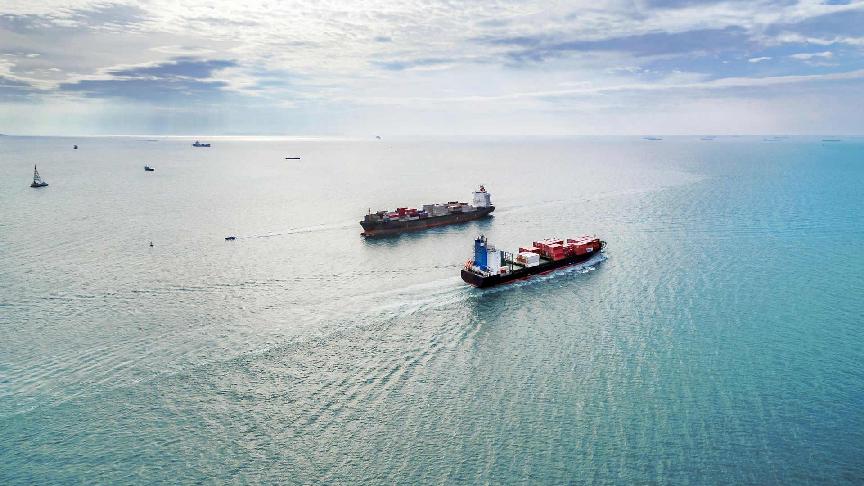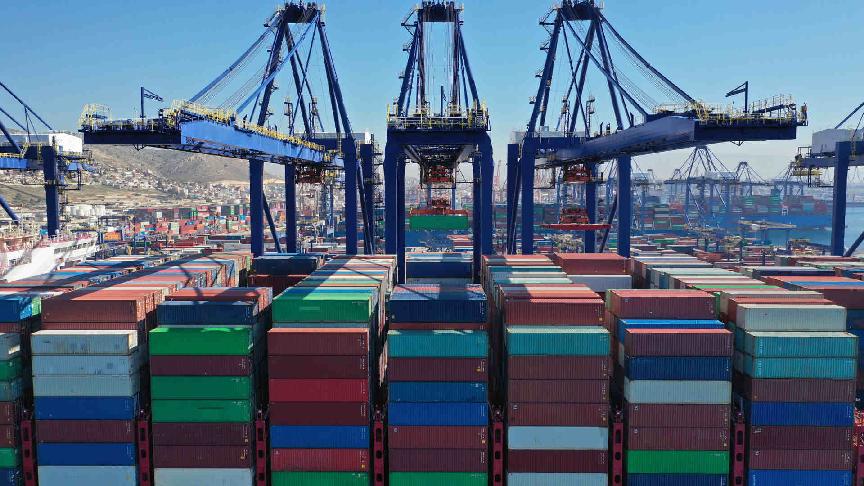The rainfall season in South America did not bring much relief to the region. Both draught conditions and the El Nino phenomenon continue to affect coastal cities, port operations, and waterway transport.
Latin America has been one of the regions most affected by drought.
Besides the ongoing disruptions on the Panama Canal, experts have described the conditions hitting the Amazon River this year as "unprecedented."
A portion of the Negro River in the Amazon rainforest near Manaus, Brazil, shrank to a depth of just 12.7 metres — its lowest level in 120 years, says a new report by Nature Magazine.
Danish carrier Maersk recently reported challenges navigating cargo import and/or export operations to/from Manaus Port.
Earlier this month, export bookings out of Manaus were put on hold, but water levels improved at some crossing points, and operations resumed with reduced capacity.
Meanwhile, bad weather this week suspended operations at Brazil's Port of Navegantes again, according to Kuehne+Nagel sources.
At this point, it is difficult to predict when operations will resume. Vessel omission and backlog are still expected through November.
As a precaution, container liners Maersk and CMA CGM said they would consider diverting vessels to nearby ports, such as Paranagua and Itapoa.
Mississippi River water levels not rising
South America is not the only region suffering from drought conditions.
Up north, shipping experts are closely monitoring water levels on the Mississippi. Water levels in this key waterway have also plummeted in October to an all-time low at Memphis.
According to CNN, low levels have "disrupted barge traffic and have allowed saltwater to move up the Mississippi River in Louisiana, threatening the drinking water for thousands of people."
The levels are, however, on par with those of last year, and the US National Weather Service does not forecast much improvement at Memphis over the next several days.







